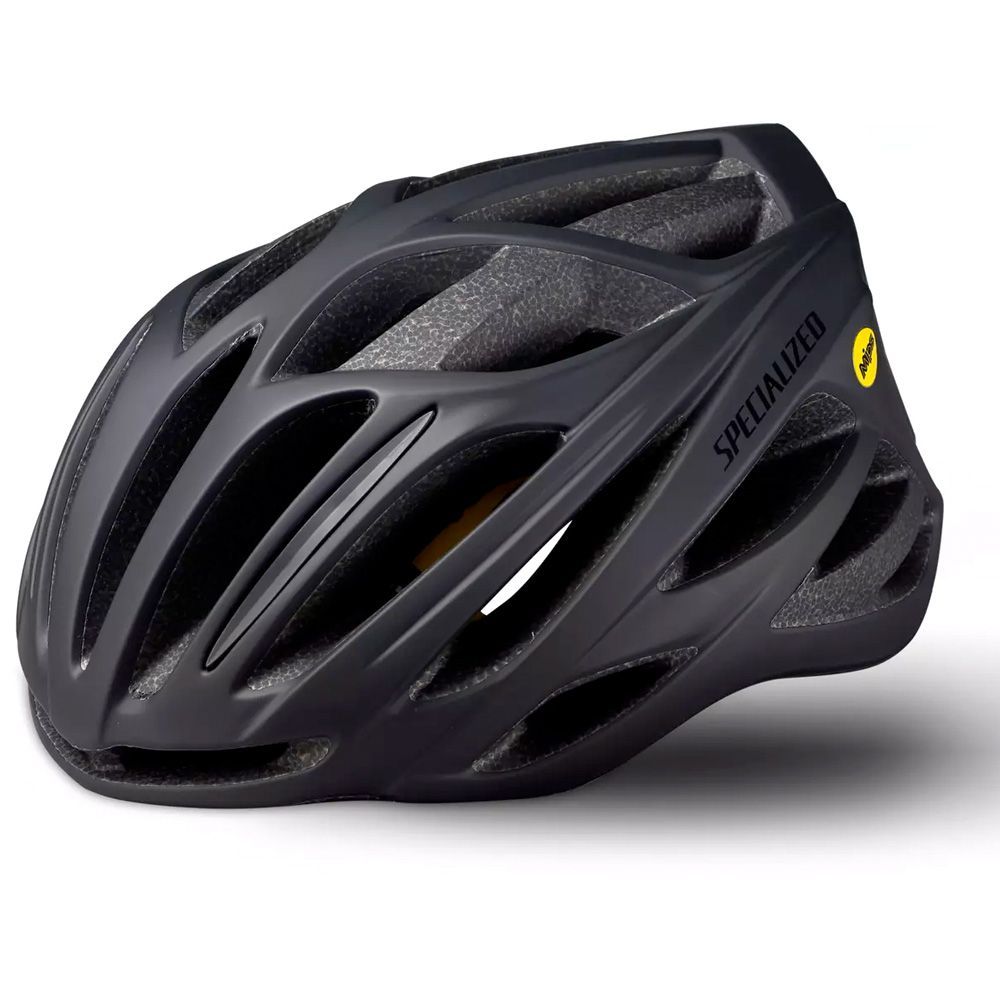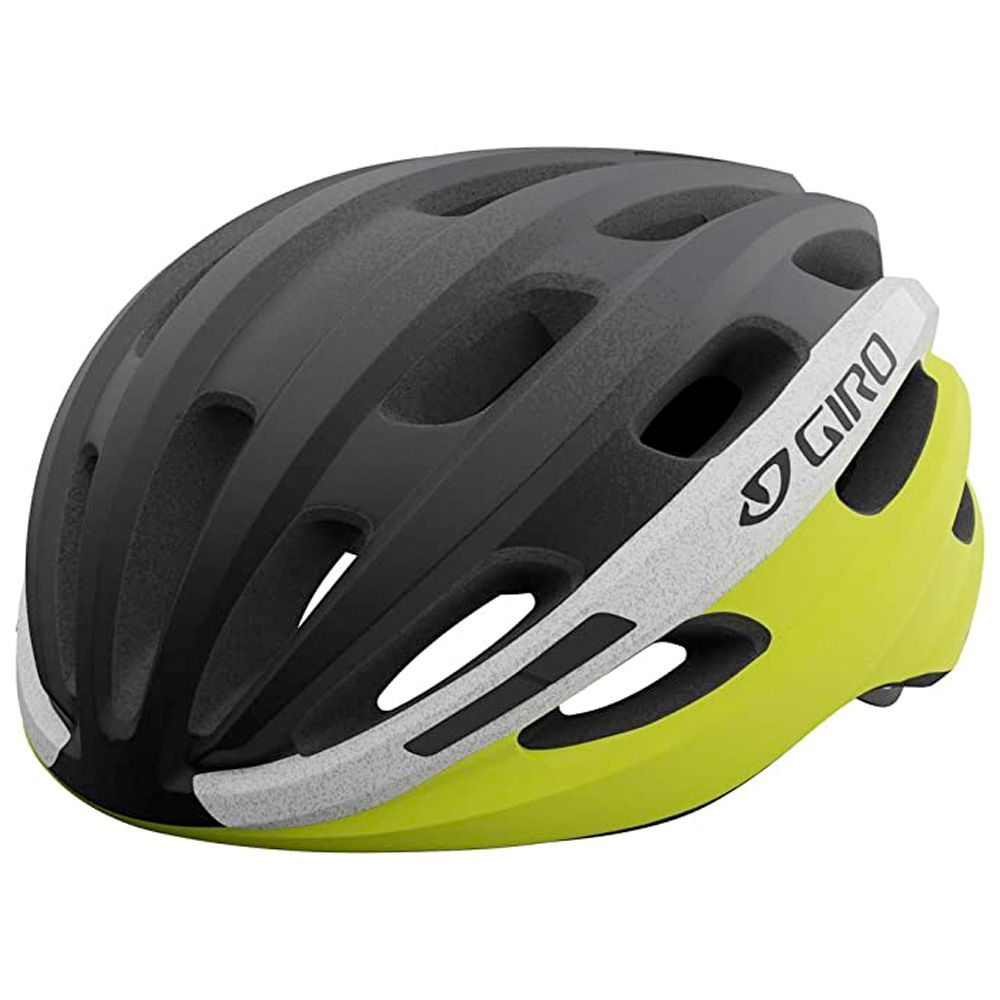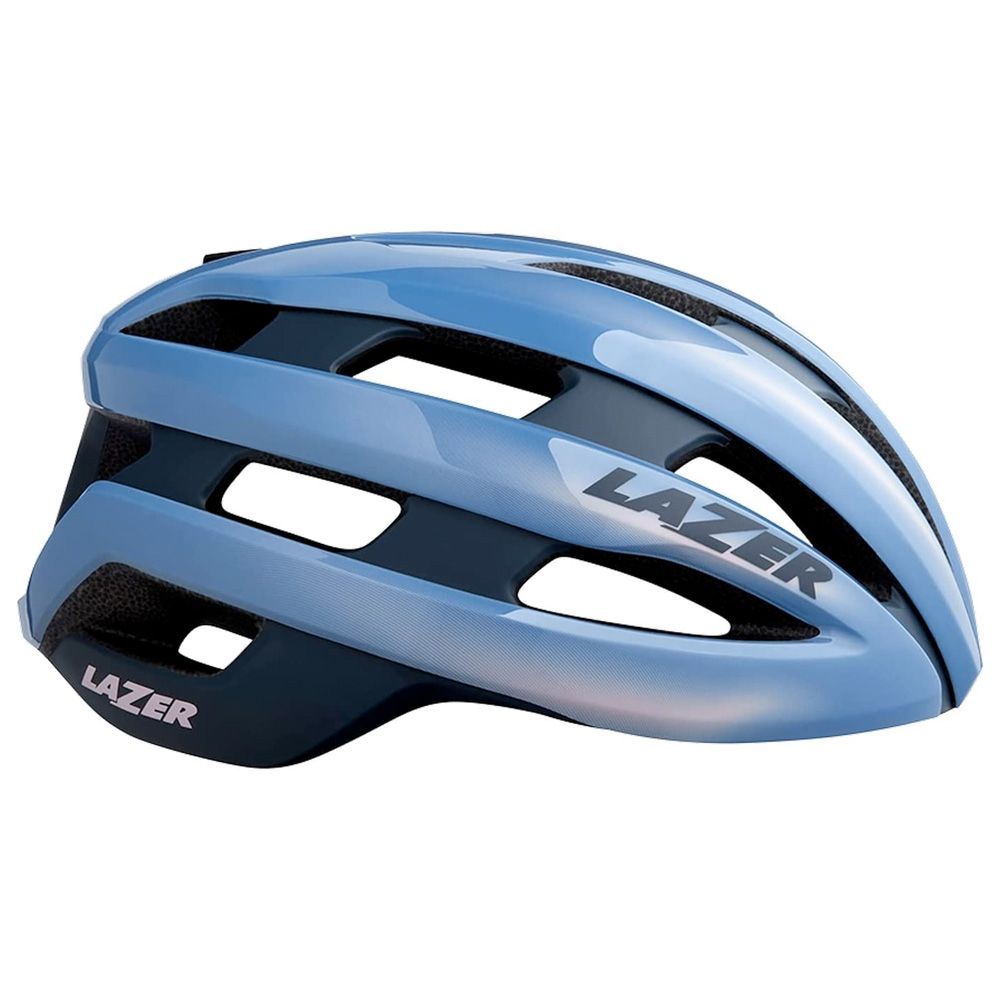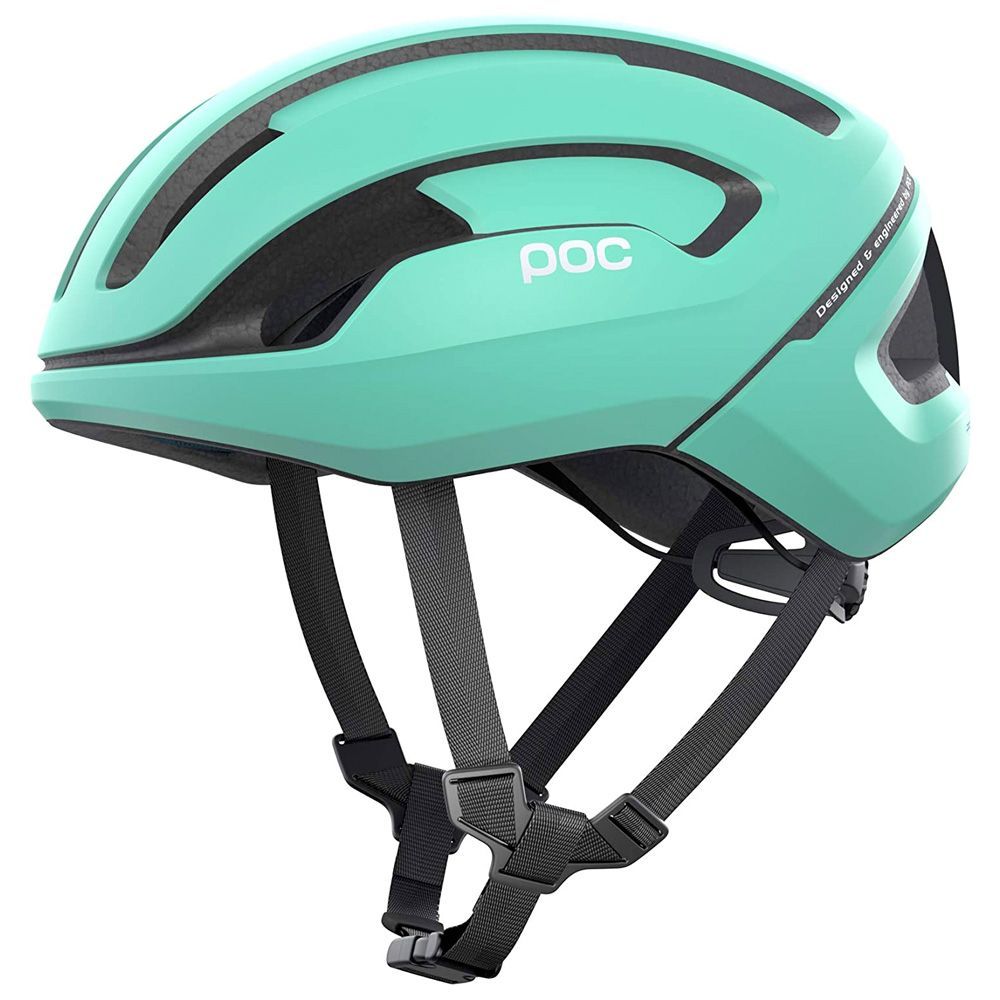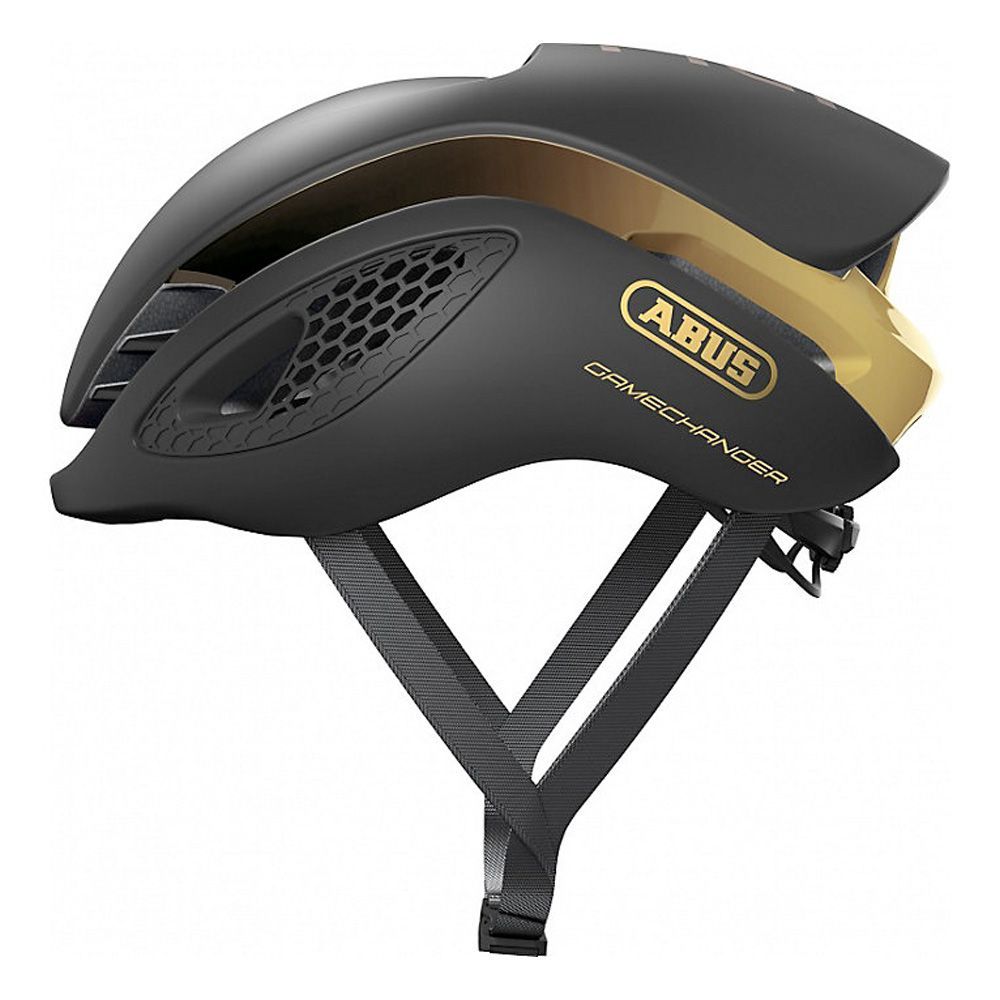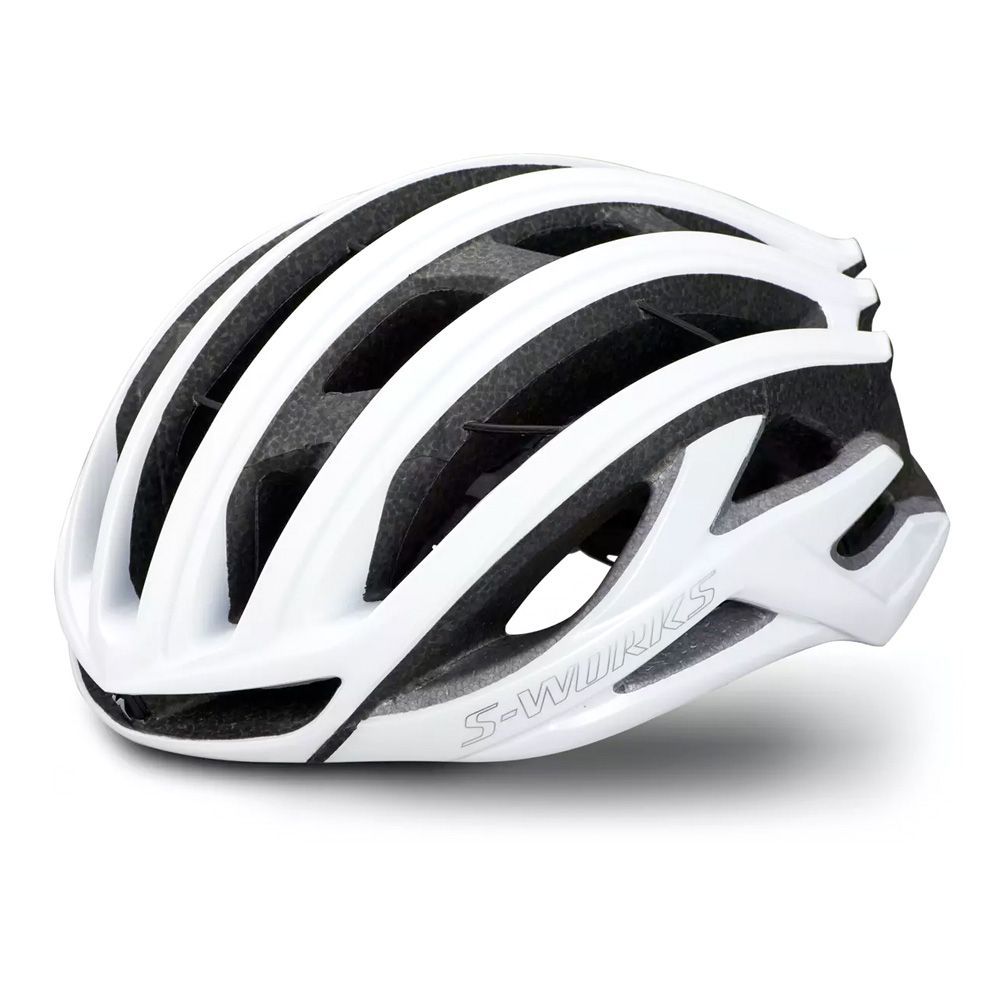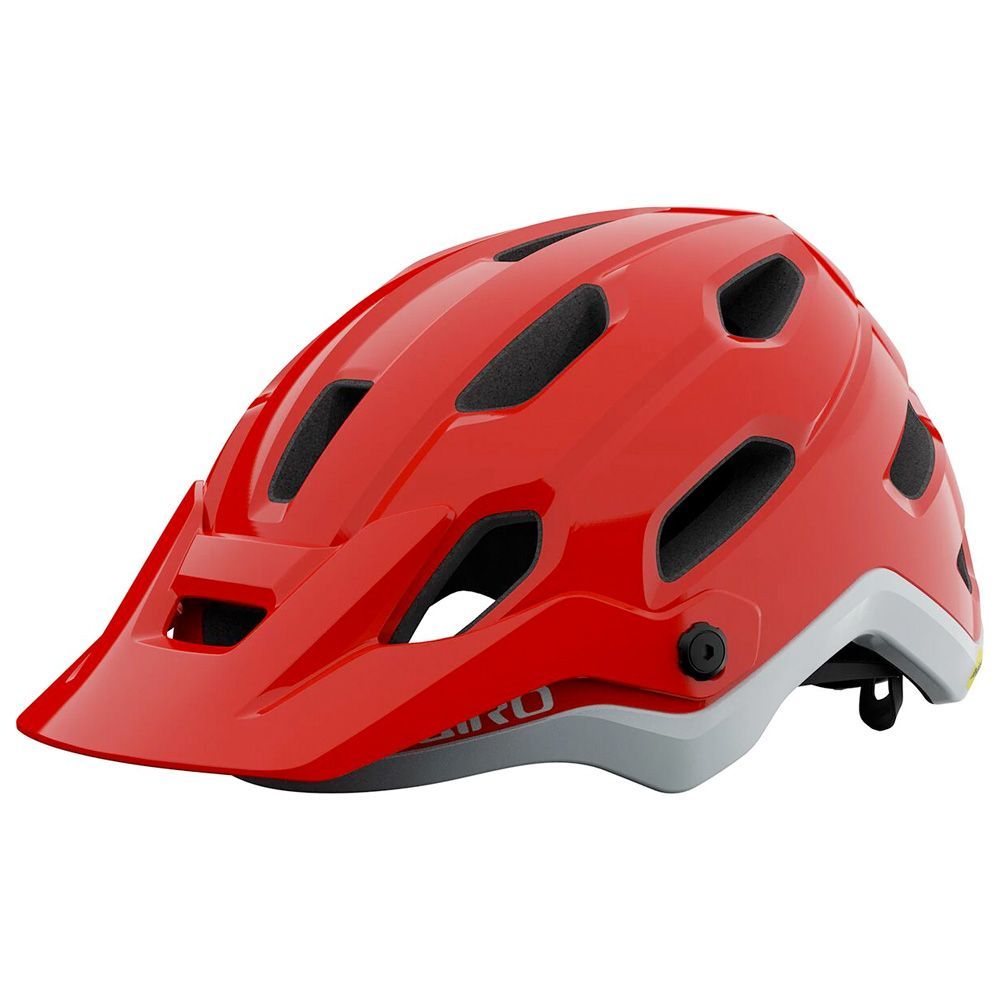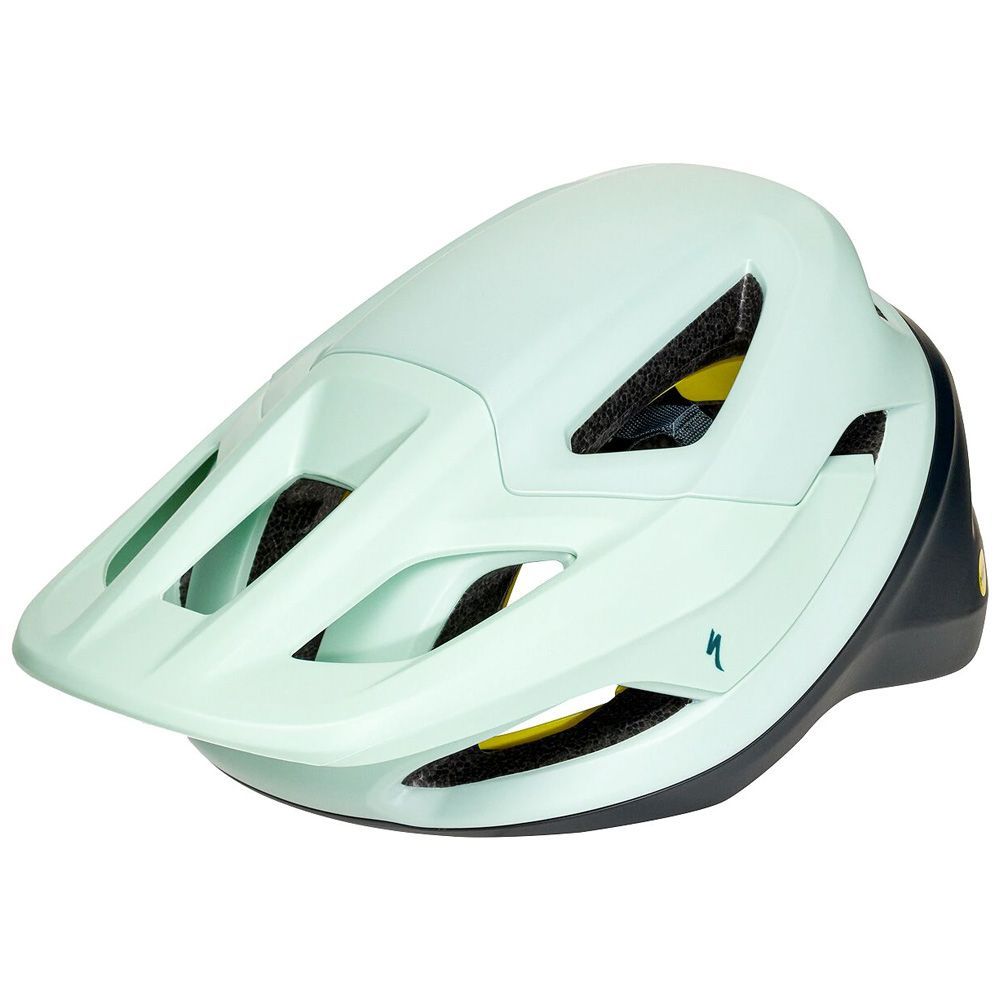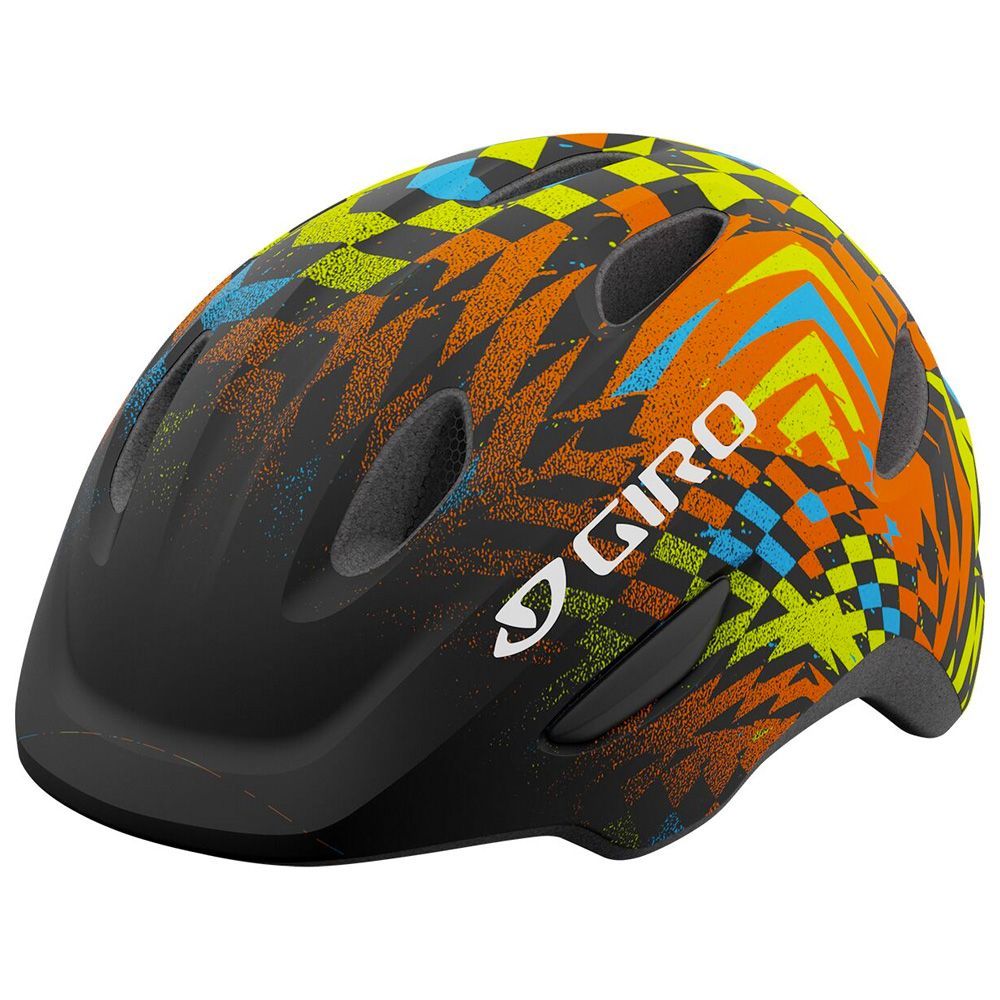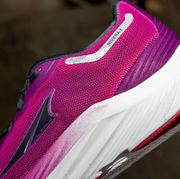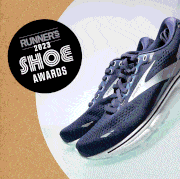We may earn commission from links on this page, but we only recommend products we back. Why Trust Us?
The Best Bike Helmets for Comfortable, Breezy Protection
Keep your noggin in good condition with these expert-recommended lids from Specialized, Giro, Lazer, and more.

Riding bikes can be a liberating shakeup for runners looking to experience some speedy cross-training without less impact. Unfortunately, that mechanical speed advantage isn’t without risk: You can crash, and you can crash hard. Concussions are unsettlingly prevalent in the cycling world. Almost 25 percent of cyclists have suffered a traumatic brain injury at some point while riding, according to a 2019 study published in The Journal of Sports Medicine and Physical Fitness—and this life-altering injury shouldn’t be taken lightly. Modern advances in helmet technology can make wearing one virtually unnoticeable and, sometimes, make you faster, too.
Best Bike Helmets
The Expert: As a former non-helmet-wearing bike commuter, my life was significantly harder for years after I inevitably hit my head one icy winter day. Later, as a salesperson at The Bicycle Shop in State College, Pennsylvania, I made it a personal mission to educate as many people as possible about the benefits of wearing a helmet. Simultaneously, I’ve spent enough time in the saddle for big races to know the ins and outs of what makes a helmet feel good, look better, and work best.
What to Consider When Buying a Helmet
Sizing
A properly fitting helmet functions dramatically better than one that’s the wrong size. Most lower-end helmets come in one-size-fits-all packages, but fancier helmets tend to have multiple sizes for added comfort and range of fit. Companies all size their helmets the same way, based on the circumference of the head above the ears. These ranges can vary between brands, though, so it’s important to measure your own head and keep that number handy if you can’t try on a helmet before buying it.
Weight, Ventilation, and Aerodynamics
One of the luxuries of running, which I will always envy as a cyclist, is the ability to feel the wind on your head mile after mile. That said, some helmets are lighter and better ventilated than others; these designs, while more expensive, can help alleviate the “brain bucket” feeling that many riders succumb to on hot days. Even though they have less material, these helmets must still meet the same safety standards as all others, and the increased cost is mostly the result of deeper structural engineering to make every gram of foam count.
In the past decade, the proliferation of aerodynamic, or “aero,” helmets has taken the road cycling and triathlon worlds by storm. This style, while lacking the many vents that keep other lids cool, is designed to improve the aerodynamics of a rider’s head, and some people argue this upgrade can make an even bigger difference in a race than buying an aero bike or fancy carbon wheels.
What’s MIPS, and Do I Need It?
The Multidirectional Impact Protection System (MIPS) is a helmet liner technology that allows a helmet to slide around on your head if you hit the deck. Although this sounds counterproductive, it’s incredibly helpful for preventing your head from twisting sharply—along with a helmet—on side impacts, which is what would happen if you were wearing a helmet without MIPS. In other words, MIPS also protects you from whiplash, not just concussions, and I generally recommend buying helmets with this additional protection.
To Visor or Not to Visor?
What’s nice about visors is that they can block intermittent spots of sunlight that peek through trees, and they can also shield you from branches, dirt, or rocks that might fly up from your wheels on densely forested trails. Larger visors start to become a hindrance in a more bent-over road riding position, where they can get in the way of seeing down the road. Ultimately, you’re going to see helmet visors much more often in off-road applications like mountain biking than on the tarmac, where cyclists tend to opt for sunglasses.
How We Evaluated These Bike Helmets
Over a decade of riding, I’ve cycled through tons of helmets (no pun intended), and I’ve certainly tested some of their crash protection limits in my years in the off-road and racing scenes. These are all helmets I’ve worn myself, seen on my riding buddies from home, or sold en masse while working at a bike shop. I chose all of them because of their outstanding features, ventilation, protection technology, aerodynamics, aesthetics, and the combination of all those factors. I also consulted with some Bicycling test editors to hear their thoughts on the matter.
Adam Schram is making his way into the writing business after a solid seven years of working as a bike mechanic in State College, PA. His experience includes a brief stint as a collegiate mountain bike race organizer, two terms as president of the Penn State Cycling Club, and too many years as a junior roadie. Though he has worked in the cycling industry since he was fifteen, he's still thrilled every time he encounters a new piece of tech, and that enthusiasm extends well outside the bounds of his hobbies. When not riding or writing, Adam enjoys listening to indie music, watching cheesy sci-fi, and losing fantastically at trivia night.
Watch Next


What’s the Deal With Watch Rash?
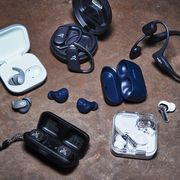
Tested: The Best Wireless Earbuds for Running

Adidas’s Ultraboost Light Feels Faster
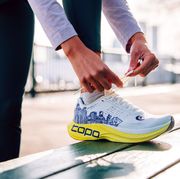
Just Released: Topo Athletic Boston Marathon Shoe
